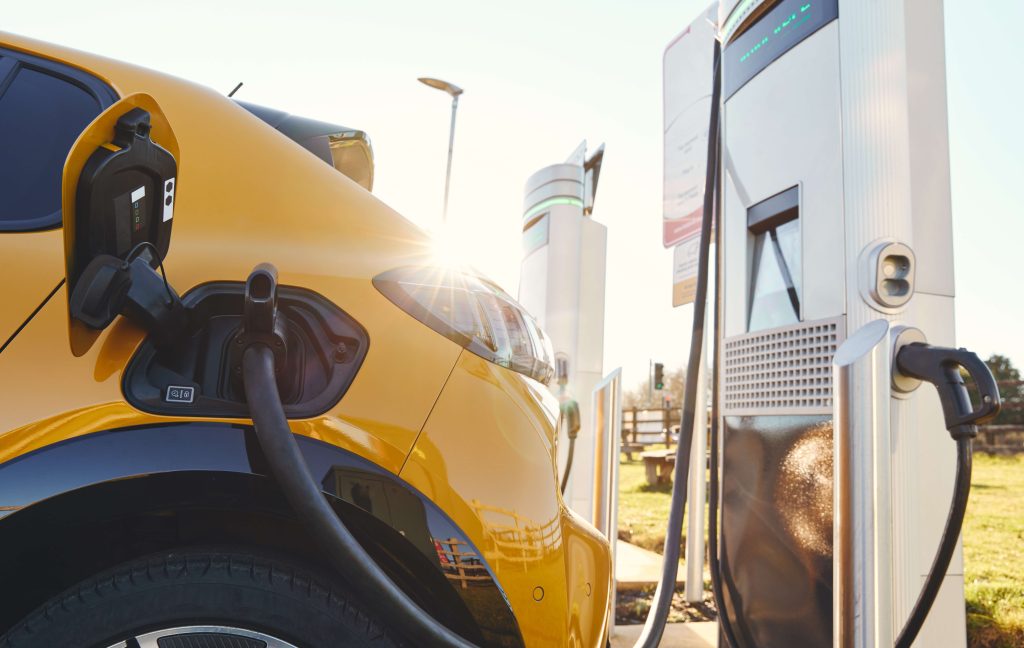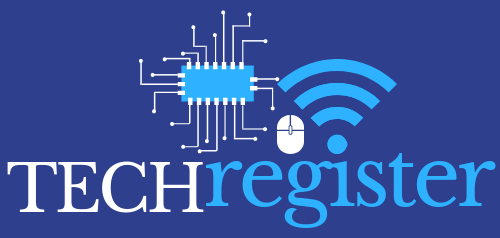
Electric Vehicles have gained huge recognition over the past few years and for all the right reasons. As the number of Electric vehicles (EVs) surges, the need to find a reliable EV charging station becomes inevitable. But did you know how EV charging actually happens at these stations? Well, knowing this will definitely benefit you and help you understand how conveniently you can use EV charging stations so that you don’t run out of power when you hit the road. So, without any further ado, let’s begin!
Types of EV Charging Stations
Be it Charging stations New York, Boston, or anywhere else in the US, you will find 3 different types of EV charging stations. Let’s have a look at their unique characteristics below:
Level 1: Low-Level Charging Stations (AC)
These are the easiest ones to use and are known as the basic EV charging station type. Since they offer low-level AC charge of standard 10-15 amps to an EV’s battery, it takes plenty of hours to charge the battery fully.
Level 2: Higher-Level Charging Stations (AC)
These are one level above level 1 and provide a higher AC charging level with a power supply of 240-volt. It takes a few hours to charge the EV’s battery completely since it offers a 7.2kW charging rate.
Level 3: Fast Charging Stations (DC)
These come with fast DC charging and are quite faster than both the previous levels. It can charge the EV’s battery in just 40-45 minutes at a 350kW charging rate.
How Do EV Charging Stations Work?
The working mechanism of EV charging stations is quite simple. All they require is AC or DC power which is supplied to the EV’s battery through the charging cable. In case you want to charge an EV battery, the whole operation is segregated into 3 core functions, called the 3 C’s: Connection, Communication, and Charging. Let’s discuss about them in detail below:
- Connection
This is considered to be the first step in charging an electric vehicle at the charging station. All you have to do is use a charging cable to connect the electric vehicle to the charging station. Once the charging cable gets plugged into the charging port of the EV, you just need to plug the other end into the socket of the charging station.
- Communication
Now that the electric vehicle has been connected to the charging station’s socket, the communication begins. This is the second step in which both devices start establishing communication and understand the available power and the charge type required in the EV. This communication takes place through a standard communication protocol like OCPP (Open Charge Point Protocol).
- Charging
This is the final step and takes place after the charging station after the EV has developed communication. In this, the actual charging process happens via the electric current sent by the charging station to charge your EV’s battery. Now the time taken to charge the battery may vary a lot from just a few minutes to hours since it largely depends on the battery size and the charging station type.
Some Last Words
By now, you must have anticipated the whole procedure of EV charging at the charging stations. So, get ready to charge your EV with full knowledge of the basic details when charging from the charging stations. Also, ensure you are aware of your EV’s charging connector compatibility to avoid unnecessary hassle later.









